References
Anderson, L. W. and Krathwohl, D. R.(Eds.) (2001) A taxonomy for learning, teaching, and assessing: A revision of Bloom’s Taxonomy of educational objectives. Allyn & Bacon. Boston, MA: Pearson Education Group.
Booth, E. (2009). The music teaching artist’s bible: Becoming a virtuoso educator. Oxford: Oxford University Press.
Bronfenbrenner, U. (1979). The ecology of human development: Experiments by nature and design. Cambridge, MA: Harvard University Press.
Carey, N., & Frechtling, J. (1997). Best practice in action: Follow-up survey on teacher enhancement programs. Arlington, VA: National Science Foundation.
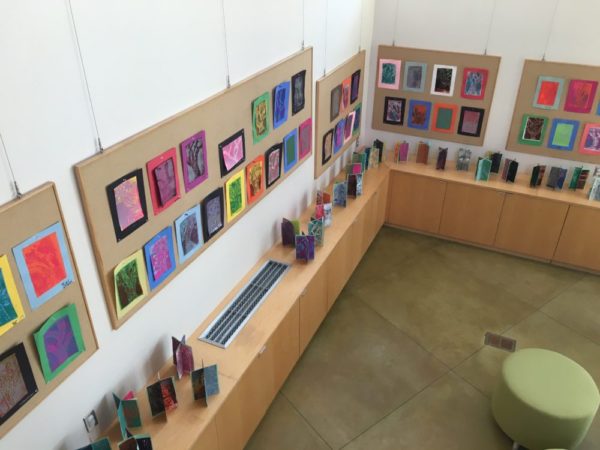
Dana Foundation. (2008). Arts education, the brain, and language; The Dana Consortium report on arts and cognition Retrieved from http://www.dana.org/Publications/PublicationDetails.aspx?id=44422
Darling-Hammond, L. (1997). The right to learn: A blueprint for creating schools that work. San Francisco: Jossey-Bass.
Darling-Hammond, L., Chung Wei, R., Andree, A., Richardson, N., & Orphanos, S. (2009). Professional learning in the learning profession. Washington, DC: National Staff Development Council.
Dewey, J. (1933). How We Think. Boston: D. C. Heath.
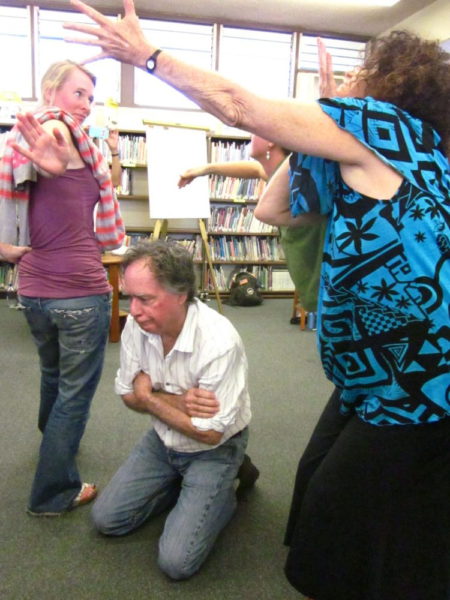
Garet, M.S., Porter A. C., Desimone, L., Birman B.F., Yoon, K.S. (2001). What makes professional development effective? Results from a national sample of teachers. American Educational Research Journal, 38 (4), pp. 915-945. Retrieved from
http://www.imoberg.com/files/Unit_D_ch._24_–_Garet_et_al._article.pdf
Girvan, C., Conneely, C., & Tangney, B. (2016). Extending experiential learning in teacher professional development. Teaching and Teacher Education, 58, 129-139.
Glass, D., Meyer A. & Rose, D. (2013). Universal Design for Learning and the arts. Harvard Educational Review, 83(1) 98-119.
culum Development.

National Staff Development Council. (2001). Standards for staff development. Retrieved from http://www.gtlcenter.org/sites/default/files/docs/pa/3_PDPartnershipsandStandards/NSDCStandards_No.pdf
Prothero, N. (2008). Teacher efficacy: What it is, and does it matter? Principal. Retrieved from www.naesp.org
Rolfe, G., Freshwater, D., & Jasper, M. (2001). Critical reflection in nursing and the helping professions: a user’s guide. Basingstoke: Palgrave Macmillan.
Rose, D. S., Parks, M., Androes, K., & McMahon, S.D. (2000). Imagery-based learning: Improving elementary students’ reading comprehension with drama techniques. Journal of Educational Research, 94(1), 55-63.
Seidel, S., Tishman, S., Winner, E., Hetland, L., & Palmer, P. (2009). The qualities of quality: Understanding excellence in arts education. Boston: Project Zero, Harvard Graduate School of Education.
Silverstein, L. B., & Layne, S. (2010) What is arts integration? Washington, DC: The Kennedy Center’s Changing Education Through the Arts (CETA).
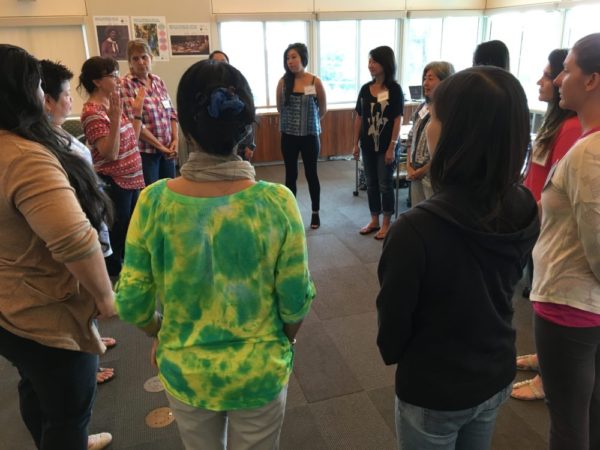
Vygotsky, L. (1978). Mind and society: The development of higher psychological processes. Boston, MA: Harvard University Press.
Vygotsky, L. S. (1987). The genesis of higher mental functions. In R. Reiber (Ed.), The history of the development of higher mental functions (Vol. 4, pp. 97-120). New York: Plennum.
Wagner, T. (2012). Creating innovators: The making of young people who will change the world. New York, NY: Scribner/Simon & Schuster.
Wiggins G. and McTighe, J. (2005). Understanding by design. Alexandria, VA: Association for Supervision and Curriculum Development.
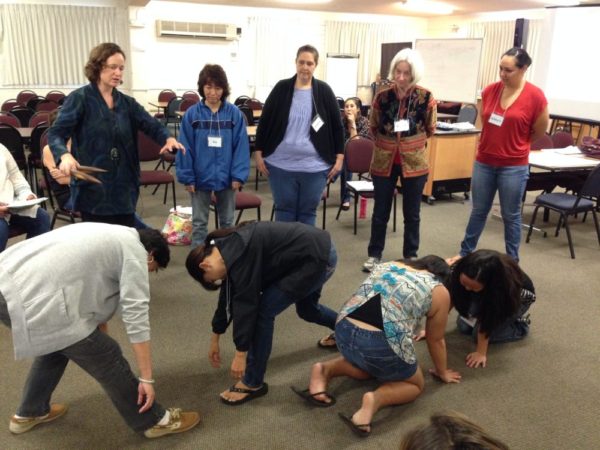
Catterall, J.S., & Peppler, K.A. (2007). Learning in the visual arts and the worldviews of young children. Cambridge Journal of Education, 37(4), 534-560.
Chase, D. & Ferguson, J. L. (2014). Assessment in creative disciplines: Quantifying and qualifying
the aesthetic. Champaign, IL: Common Ground Publishing.
Costa, A. & Kallick, B. Eds. (2008). Learning and leading with habits of mind. Alexandria, VA: ASCD.
Covey, S. (1989). Seven habits of highly effective people. New York, NY: Simon & Schuster.
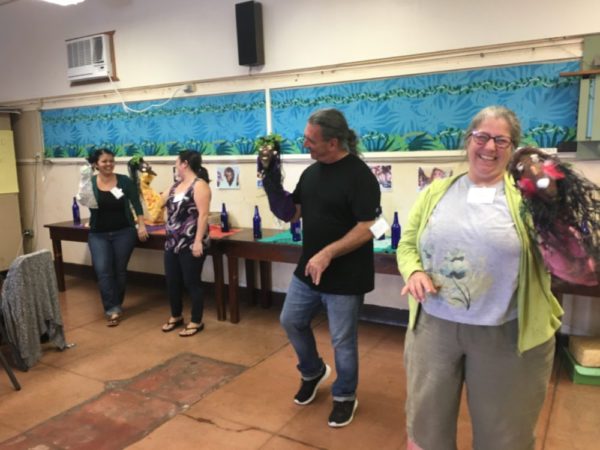
Dewey, J. ([1934] 1980). Art as experience. New York: Perigree Books.
Dewey, J. (1938). Experience and Education. New York, NY: Touchstone.
Di Stefano, G., Gino, F., Pisano, G. P., & Staats, B. R. (2016) Making experience count: The role of reflection individual learning. Harvard Business School. Retrieved from https://ssrn.com/abstract=2414478
Duncan, A. (2010). The well-rounded curriculum. Secretary Arne Duncan’s Remarks at the Arts Education Partnership National Forum. Washington DC: US Department of Education.
Einstein, A. ([1931] 2009). Einstein on the cosmic religion and other opinions and aphorisms. New York: Dover Publications.
Fullan, M. (2001). Leading in a culture of change. San Francisco: Jossey-Bass.
Fulton, L. & Simpson Steele, J. (2016). Reconciling the divide: Common processes in science and arts education. The STEAM Journal, 2(3). Retrieved from http://scholarship.claremont.edu/steam/vol2/iss2/3/
Galton, M. (2008). Creative practitioners in schools and classrooms. Cambridge: Creative Partnerships/Faculty of Education.
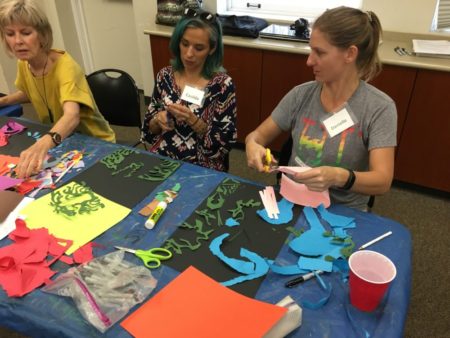
Gross, M. J. (2011). Bodies at school: Educating teachers to move. (Doctoral dissertation). Retrieved from https://etd.ohiolink.edu/!etd.send_file?accession=osu1313549493&disposition=inline
Guskey, T.R. and Yoon, K.S. (2009). What works in professional development? Phi Delta Kappan, 90 (7), 495-500.
Hartl, S. (2015). The learning our teachers deserve. Retrieved from
http://eleducation.org/news/learning-our-teachers-deserve
Joyce, B., and Showers, B. (2002). Student achievement through staff development (3rd ed.). Alexandria, VA: Association for Supervision and Curriculum Development.
Lieberman, A. (1996). Practices that support teacher development: Transforming conceptions of professional learning. In M. W. McLaughlin & I. Oberman (Eds.), Teacher learning: New policies, new practices. New York: Teachers College Press.
Loucks-Horsley, S., Hewson, P. W., Love, N., & Stiles, K. E. (1998). Designing professional development for teachers of science and mathematics. Thousand Oaks, CA: Corwin Press.
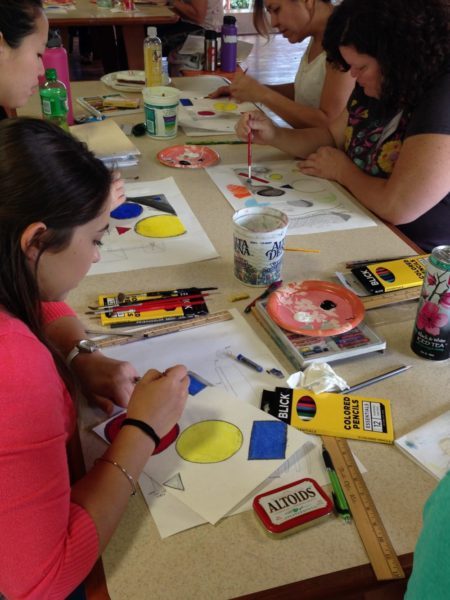
Stiggins, R. J., Arter, J. A., Chappuis, J., & Chappuis, S. (2009). Classroom assessment FOR learning: Doing it right—using it well. Columbus, OH: Allyn and Bacon.
Taylor, P. (2009). Assessment in arts education. Portsmouth, NH: Heinneman.
The College Board. (2011). 2011 College-bound seniors: Total group profile report. Retrieved from: http://media.collegeboard.com/digitalServices/pdf/
The Prospect Archives and Center for Educational Research. (2011). Prospect’s descriptive process: the child, the art of teaching and the classroom and the school. Retrieved from http://cdi.uvm.edu/resources/ProspectDescriptiveProcessesRevEd.pdf

